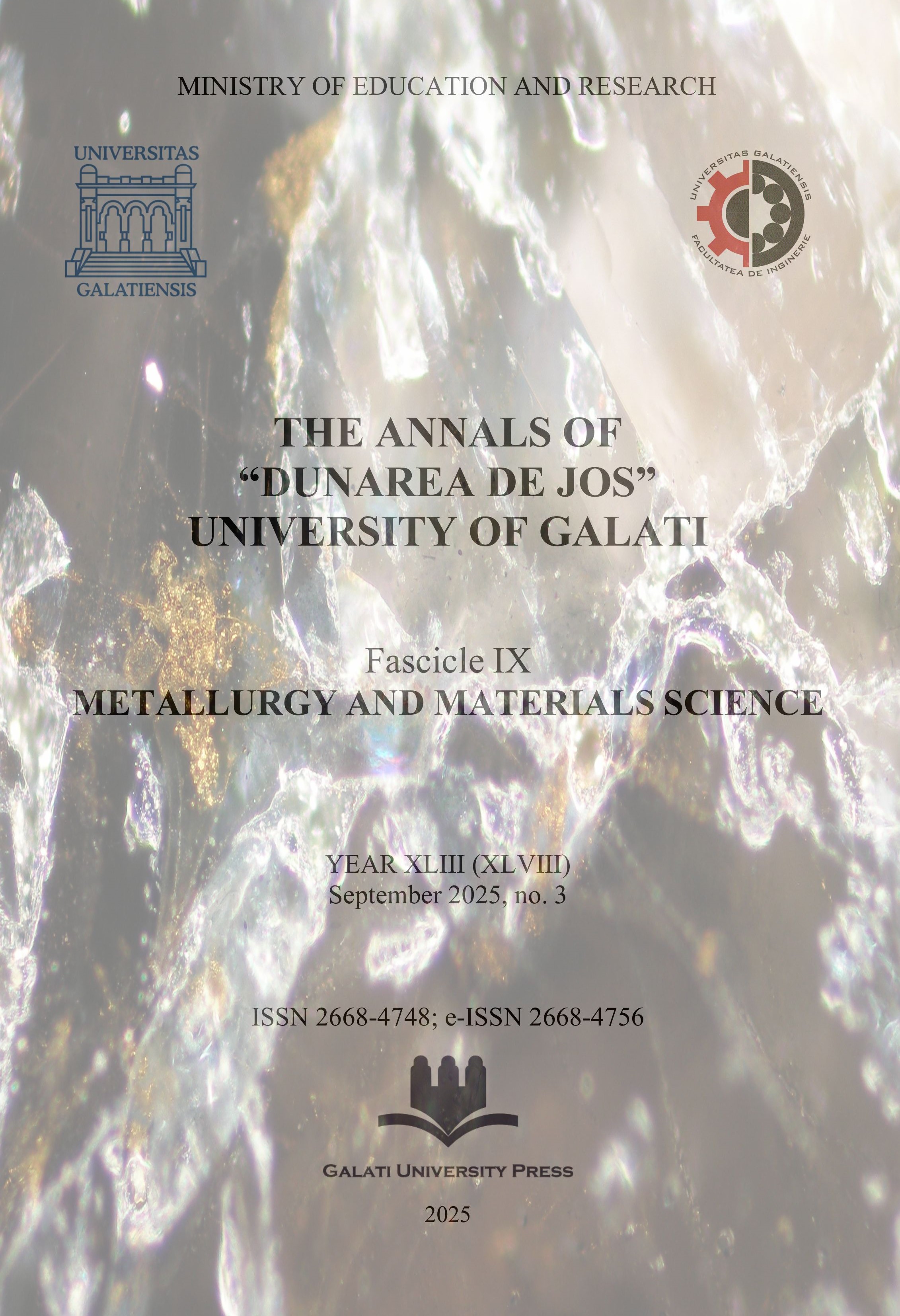A Comparative Evaluation of Technical, Financial, and Imaging Performance Between 1.5 Tesla and 3 Tesla MRI Systems for Clinical Applications
Abstract
This paper presents a structured comparative assessment between 1.5 T and 3 T Magnetic Resonance Imaging (MRI) systems, focusing on technical specifications, economic impact, and diagnostic image quality. Data compiled from manufacturer documentation and clinical usage evaluations reveal that 3 T systems provide higher spatial resolution, improved signal-to-noise ratio (SNR), shorter image acquisition times, and reduced artefact levels. However, these advantages come with substantially increased acquisition and operational costs. The study concludes with recommendations tailored to clinical needs, highlighting that 3 T systems are suited for advanced imaging applications, while 1.5 T platforms remain economically viable for standard diagnostic procedures.
Downloads
References
[2]. Wiersma H. W., Weber M. A., Cost-effectiveness of 3 T MRI versus 1.5 T in knee imaging, RöFo – Fortschr. Röntgenstr., vol. 190, no. 3, p. 272-279, 2020.
[3]. Potter K. A., Matson M. B., 1.5 T vs 3 T MRI: clinical implications, Investigative Radiology, vol. 56, no. 11, 2021.
[4]. Radiopaedia Contributors, 1.5 T vs 3 T MRI: technical comparison, Radiopaedia, 2021.
[5]. Taylor C. M., Nguyen D., Comparison of diagnostic performance of brain MRI at 1.5 T vs 3 T, Am. J. Roentgenol., vol. 221, no. 1, p. 45-52, 2023.
[6]. Costantino L., Schmidt N., Economic viability of 3 T MRI in oncology centers, J. Clin. Neurosci., vol. 102, p. 134-139, 2023.
[7]. Liao B., Chen Y., Wang Z., A comparative study on 1.5 T-3 T MRI conversion through deep neural network, arXiv preprint, 2022.
[8]. Iglesias J. E., Billot B., Accurate super-resolution low-field brain MRI, arXiv preprint, 2022.
[9]. Kaur P., Minhas A. S., Ahuja C. K., Estimation of 3 T MR images from 1.5 T images, arXiv preprint, 2024.
[10]. Chakravarty A., Debnath J., Life cycle costing of MRI machine, J. Clin. Imaging Sci., vol. 10, p. 81, 2020.
[11]. Ezra Medical, 3 T vs 1.5 T MRI: how do they compare?, Ezra Medical Blog, 2023.
[12]. RITE Advantage, MRI 1.5 T vs 3.0 T – what is the difference?, RITE Clinical Education, 2022.
[13]. Mahajan A., Raman S., Cost-effectiveness of specialized MRI for dizziness, Am. J. Roentgenol., vol. 221, no. 4, 2023.
[14]. Pisch R., Becker C. R., Comparison of abdominal imaging at 1.5 T vs 3 T, Radiographics, vol. 41, no. 3, p. 741-758, 2021.
[15]. Vilanova J. C., Low-field vs high-field MRI: cost-effectiveness study, Eur. Soc. Radiol. Conf. Proc., 2025.
[16]. Radiopaedia Contributors, 1.5 T vs 3 T MRI: artifact and SNR considerations, Radiopaedia, 2021.



